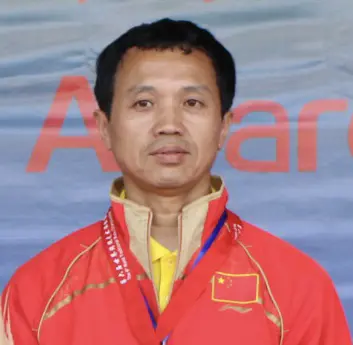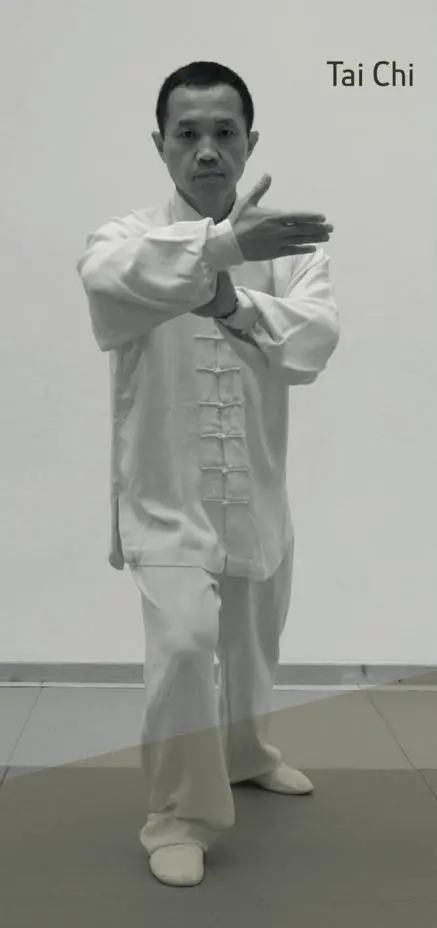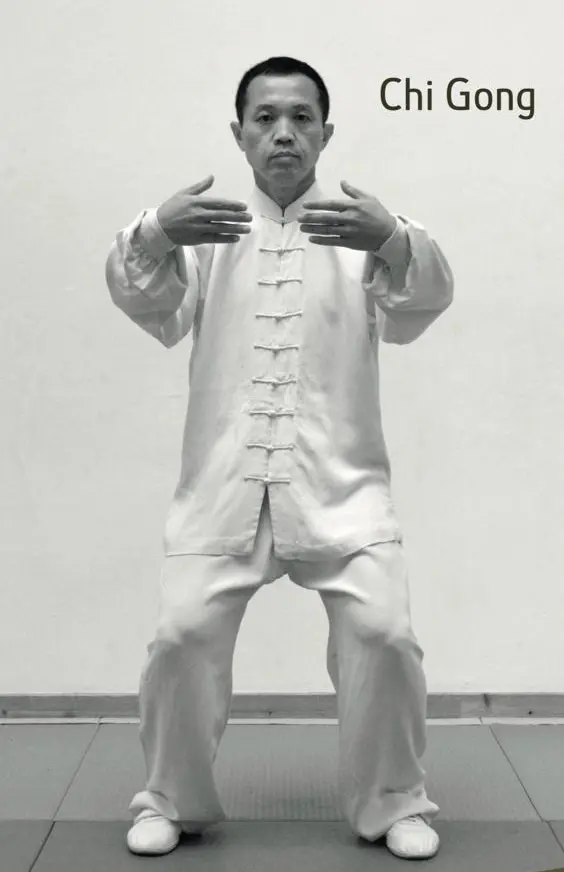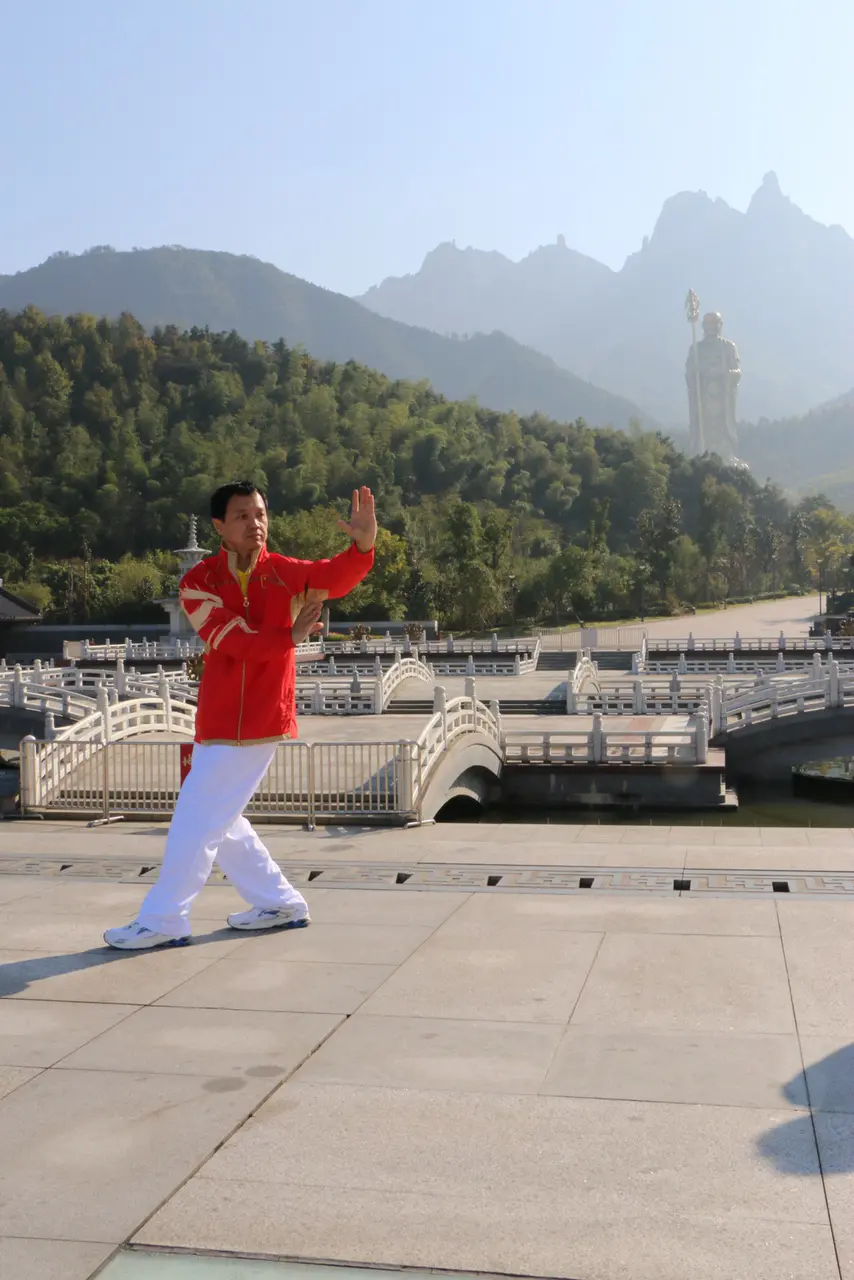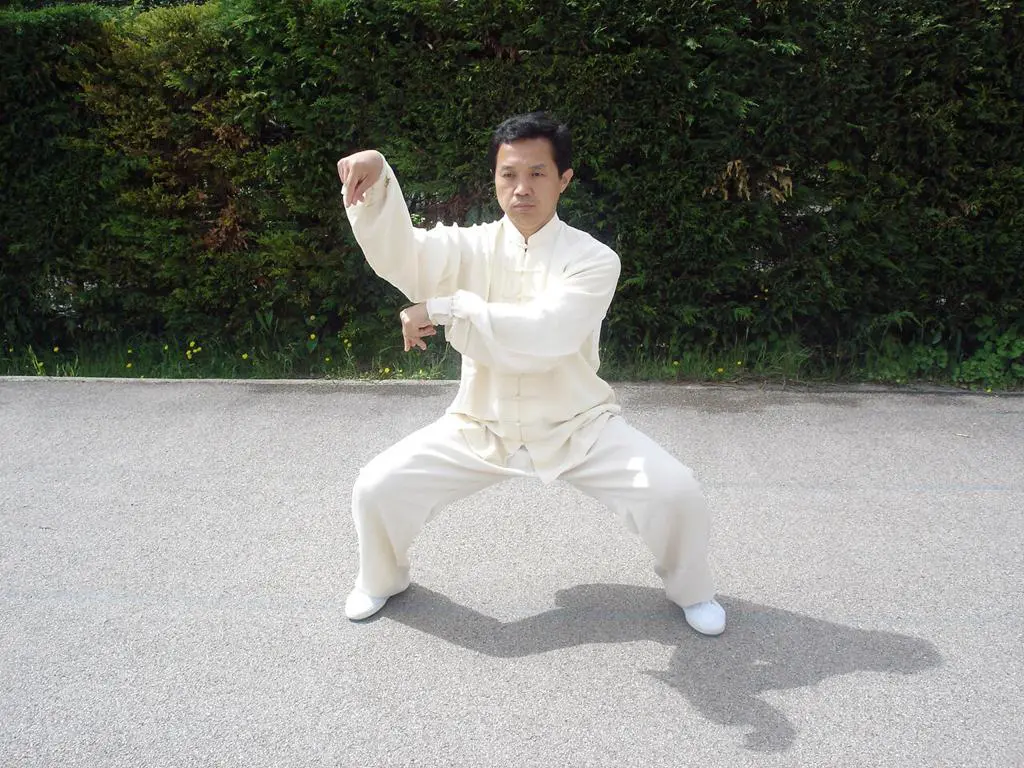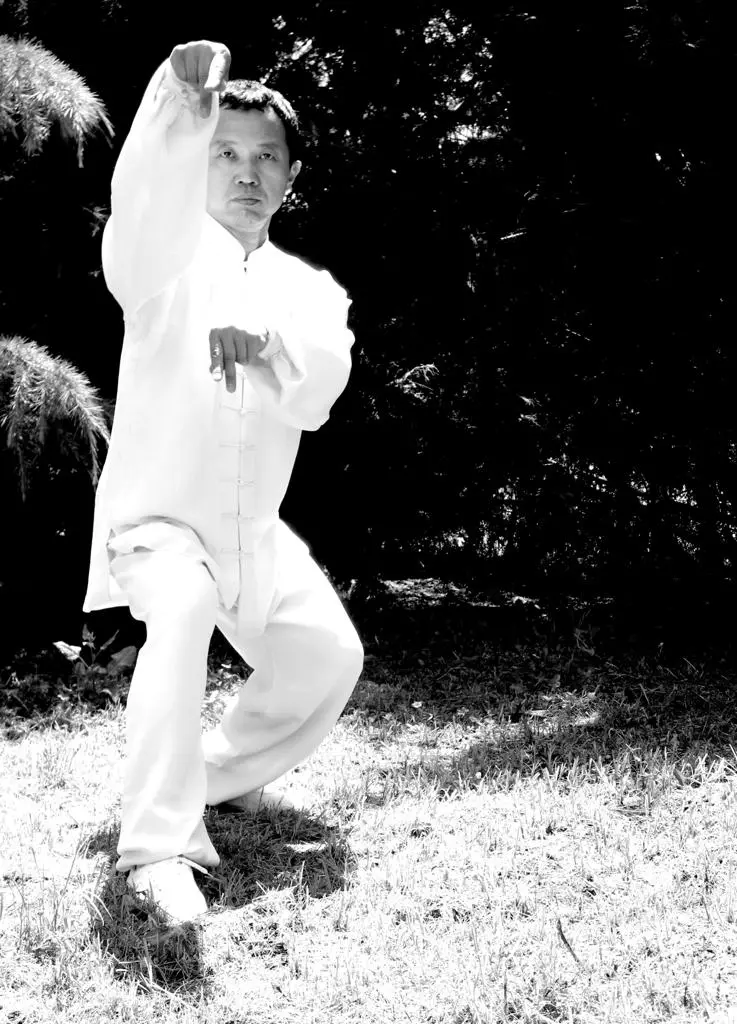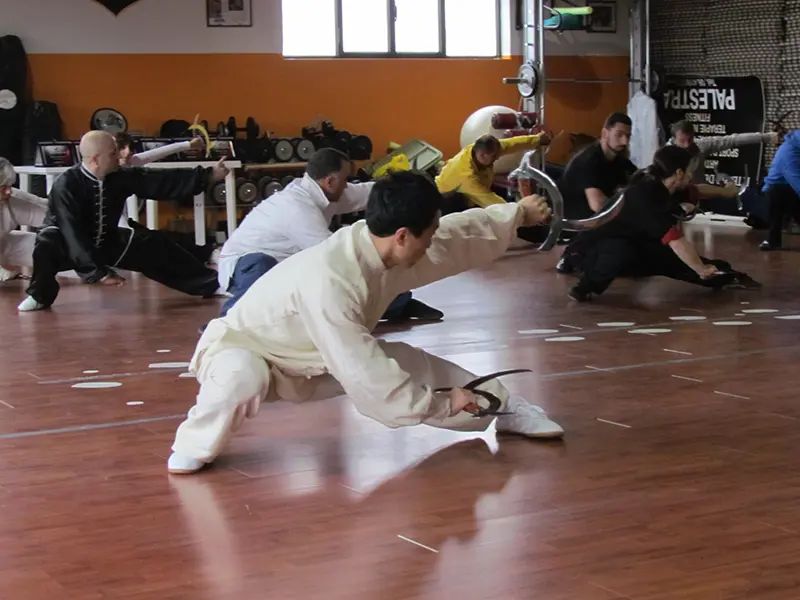KONG Cheng | Kung Fu Coach/Instructor
KONG Cheng started to practice Ba Gua Zhang, Xing Yi Quan, Tai Ji Quan, Liu He TangLang Quan etc Kung Fu at a young age and has been teaching for decades. He was invited to teach children and adults kung fu for over 20 years with organizations in United States of America, Germany, France, Italy, Greece and Japan. Cheng holds the 7th Duan Advanced Level as a Master in the Chinese Wushu Duanwei System. He is a former representative of the Chinese National Martial Arts Team, for whom he won first prizes in Baguazhang and weapons during the International Traditional Wushu Championship.
Liu He TangLang Quan, also known as Liu He Praying Mantis Fist, is a Chinese martial art that belongs to the Praying Mantis style. It was developed by Master Wang Lang, who was inspired by the movements of a praying mantis. Liu He TangLang Quan is characterized by its fluid and agile movements, which mimic the characteristics of a praying mantis. It combines fast strikes, evasive footwork, trapping techniques.
The name “Liu He” translates to “Six Harmonies,” which refers to the harmonization of the body’s six elements: hands and feet, elbows and knees, shoulders and hips. Practitioners strive to coordinate these elements to generate power and efficiency in their movements.
Liu He TangLang Quan utilizes unique footwork patterns, including advancing and retreating steps, lateral movements, and circular footwork. These footwork techniques allow practitioners to maintain balance, evade attacks, and deliver powerful strikes.
Liu He TangLang Quan incorporates both external and internal principles. On the external level, it focuses on physical conditioning, strength training, and martial techniques. On the internal level, it emphasizes cultivating internal energy (qi), mindfulness, and developing mental clarity.
Tai Ji Quan, also known as Tai Chi Chuan, is a traditional Chinese martial art that focuses on cultivating internal energy (qi) and promoting physical and mental health. Tai Ji Quan is based on principles and concepts from ancient Chinese philosophy, such as Taoism and the principles of Yin and Yang. It was originally developed as a martial art but is now widely practiced for its health benefits.
Tai Ji Quan is renowned for its numerous health benefits, including improving balance, flexibility, coordination, and posture. Regular practice can also help reduce stress, promote relaxation, strengthen muscles and bones, improve cardiovascular fitness, and boost overall mental well-being.There are various styles of Tai Ji Quan, each with its own characteristics and emphasis. Some well-known styles include Chen style, Yang style, Wu style, Hao style, and Sun style. Each style has its unique forms and principles, but they all share the fundamental principles of Tai Ji Quan.
Tai Ji Quan is characterized by slow, continuous, and graceful movements that flow from one posture to another. These movements are often performed with relaxed muscles and deep, controlled breathing, which helps promote relaxation and mind-body coordination.
Tai Ji Quan practitioners aim to maintain a balanced and aligned posture throughout the movements, with movements originating from the dantian, which is the body’s center of gravity located just below the navel. This emphasis on posture, balance, and alignment helps improve stability and body awareness.
Tai Ji Quan incorporates specific breathing techniques, mental focus, and body alignments to cultivate and circulate internal energy (qi) throughout the body. The practice is believed to enhance overall vitality, increase flexibility, and develop a sense of inner calmness.
Tai Ji Quan consists of various sets or forms, which are sequences of linked movements performed in a specific order. These forms can range from short sequences to longer, more complex sequences. Each form contains a combination of movements, postures, and transitions that allow practitioners to apply martial principles and develop internal energy.
Ba Gua Zhang is a traditional Chinese martial art that is known for its circular and spiraling movements. It is often referred to as “Eight Trigram Palm” and is characterized by its emphasis on footwork, fluidity, and continuous circular motion. Ba Gua Zhang was developed in China during the late 19th century by Dong Haichuan. Its origins can be traced back to Taoist philosophy and its principles are based on the I Ching, the ancient Chinese book of divination.
Ba Gua Zhang practitioners utilize circular walking patterns and spinning movements to maintain balance and generate power. The spiral force is created by rotating the body, which allows for efficient energy transfer and agility.
Aside from its martial applications, Ba Gua Zhang is also practiced for its health benefits. The flowing and continuous movements of Ba Gua Zhang can enhance flexibility, coordination, cardiovascular fitness, and overall wellness.
Ba Gua Zhang emphasizes the concept of change, adaptability, and the cultivation of internal energy. It encourages practitioners to stay relaxed, flow with the movements, and maintain a harmonious connection between mind and body.
Over time, different teachers and practitioners have developed their own variations and styles within Ba Gua Zhang. Some notable lineages include Cheng style, Yin style, Gao style, Liang style, and many others.
Ba Gua Zhang is not only a dynamic martial art but also provides practitioners with a holistic approach to physical and mental well-being. If you are interested in learning Ba Gua Zhang, it is recommended to find a qualified instructor who can guide you through the training process and teach you the fundamental principles and techniques.
Xing Yi Quan is another traditional Chinese martial art that specializes in cultivating internal power and applying explosive strikes. It is commonly translated as “Form and Mind Boxing” or “Shape and Intention Fist”.
At the core of Xing Yi Quan is the concept of the Five Elements (Wu Xing) – Metal, Water, Wood, Fire, and Earth. Each element represents different characteristics and qualities that guide the practitioner’s movements and techniques.
Xing Yi Quan is known for its straightforward and efficient techniques, which emphasize direct linear strikes and explosive power. It aims to swiftly overwhelm opponents with a small number of well-executed attacks.
Xing Yi Quan places great emphasis on cultivating internal power, often referred to as Nei Gong. This includes practices such as Qi Gong, meditation, breathing exercises, and specific body alignments to develop the strength, flexibility, and mental focus required for martial arts.
In addition to combat applications, Xing Yi Quan exercises are known for their potential health benefits, including improved posture, increased stamina, enhanced cardiovascular fitness, stress reduction, and overall body conditioning.
As with any martial art, finding a qualified instructor is crucial for learning the proper techniques and principles of Xing Yi Quan. They can guide you through the various forms, drills, and training methods to help you develop the necessary skills and understanding of this ancient martial art.

